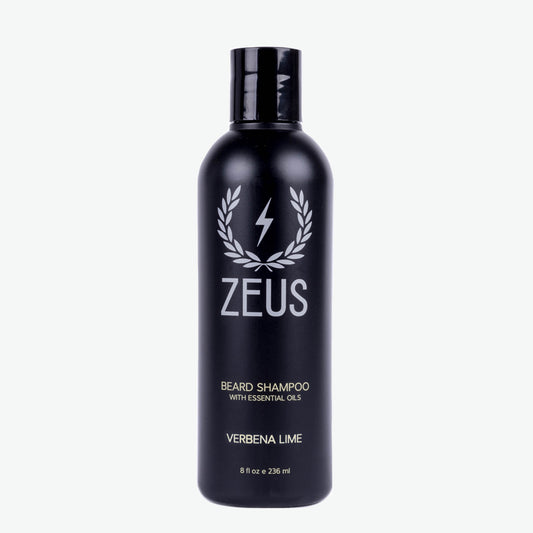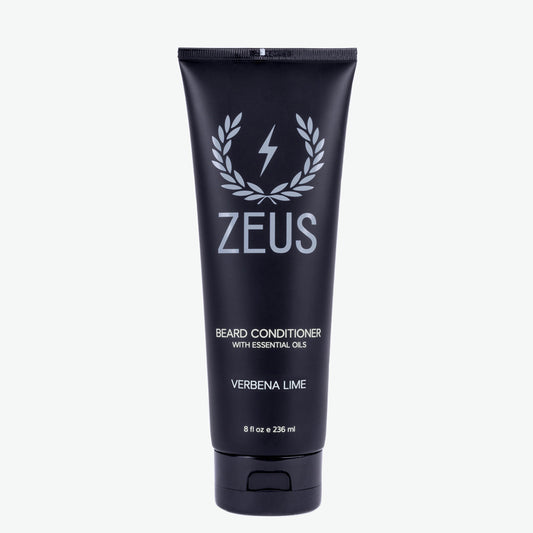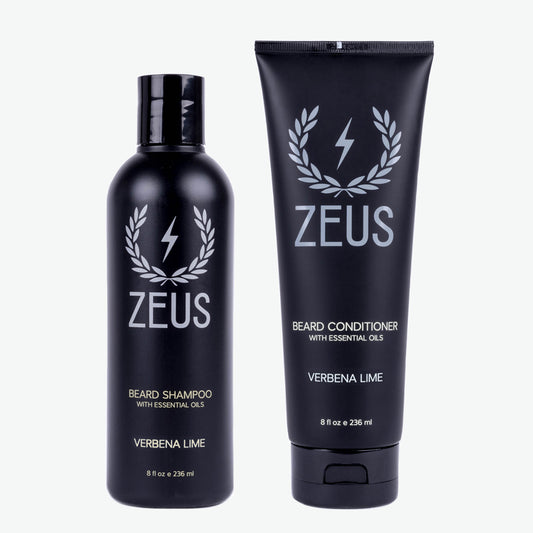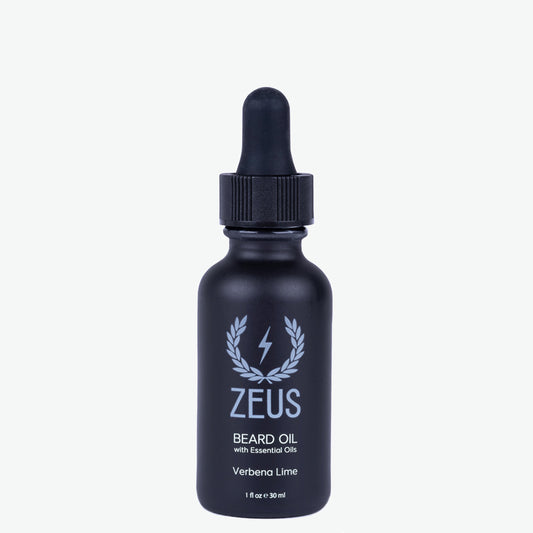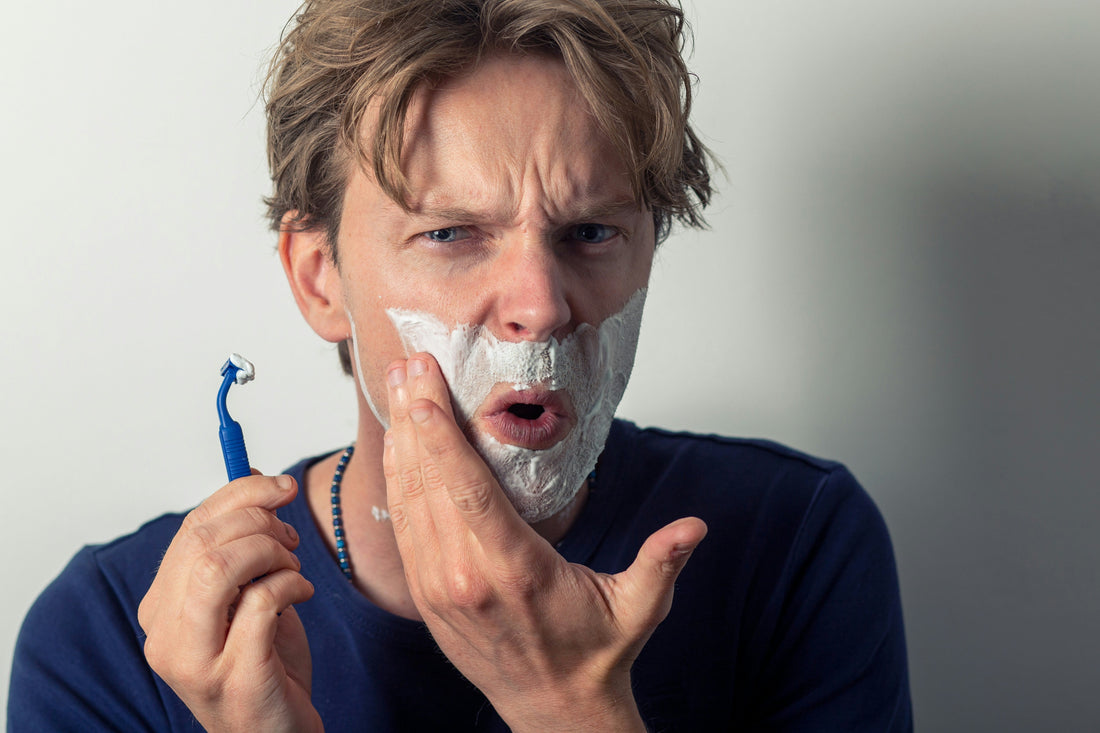
Ingrown Hair: Modifying Your Shaving Routine to Prevent Pesky Bumps
Share
Sometimes after shaving, your face doesn't feel as smooth as you expected. Instead of the skin underneath your beard feeling like its normal moisturized self, you feel prickly bumps protruding. Is it a pimple or an allergic reaction? Nope, you've got an ingrown hair.
Don't worry. Ingrown hairs are totally treatable. Here at Zeus Beard, we want you feeling back like your normal self as soon as possible so we gathered all the information you need to know about getting rid of the pesky problem and preventing it in the future.
What is an ingrown hair and how do you treat it?
How common is it to get ingrown hairs? According to the Mayo Clinic, it is extremely common. In fact, there are more than three million cases in the United States every year.
Thankfully, ingrown hairs are not usually painful and are more irritating than anything else, causing itchiness and aesthetic discomfort. However if they become infected, ingrown hairs can turn into painful pus-filled blisters.
Even then, ingrown hairs are not a serious medical issue. Usually, they go away on their own like other skin blemishes. And if it does become infected, an ingrown hair can easily be treated with oils and creams. Antibiotics are only necessary in more rare situations with a prevalence of abscesses and pustulates.
While your ingrown hair is healing, leave it alone. Scratching or squeezing it can lead to scarring and infection so just give it a couple days to calm itself and avoid future damage. In addition, refrain from shaving until it goes away.
Why do bearded men face the challenge of ingrown hair?
The reason bearded men face the issue of ingrown hairs is because of shaving. In reality, it is not only men who face this problem but rather anyone who picks up a razor.
Ingrown hairs appear most commonly in shaved areas like the face, underarms, legs and pubic area.
Unfortunately for black and latino men and those with thick, curly or coarse hair, ingrown hairs are more common. With the hair already curling naturally, it is easy for the hair to wrap back into the skin. In fact, black men ages 14 to 25 develop the issue most.
How can I modify my shaving routine to avoid ingrown hairs?
For some, ingrown hairs are such a frequent issue that they seek out laser removal treatments. However, if this is your first ingrown hair or you want to seek out a more natural and cost-efficient method to avoid the pestering bumps, try these tips.
1. Thoroughly clean your beard.
One of the reasons an ingrown hair develops is because the hair follicle gets clogged with dead skin, causing the hair to grow sideways. Because of this, it is important to cleanse your beard before shaving to remove any irritants.
To start your shaving process, reach for the Zeus Beard Shampoo and Conditioner Set (8 fl. oz. ea. / $34). The Dragon's Blood and green tea extract in the shampoo will cleanse and calm hair follicles. Meanwhile, the conditioner uses Pro-Vitamin B5 and avocado oil to lock in moisture.
2. Don't shave too closely.
Another problem that causes ingrown hairs is shaving too closely. This is especially true for people with curly hair. When you cut hair too closely, what ends up happening is you expose the sharp end of your hair, causing it to pierce your skin.
While a close shave may be desired, if you have coarser hair it may be worth it to ease up just a bit so you are not dealing with itch and irritation later.
3. Use beard oil.
Beard oil helps solve multiple issues associated with ingrown hairs. Zeus Beard Oil (1 fl. oz. / $25) is especially effective because of its natural ingredients that are free of harmful toxins, GMOs and hormones.
For instance, the Safflower Seed Oil is great at adding moisture and fighting itch. Meanwhile, Vitamin E increases blood circulation and the skin's elasticity, fighting dryness and flaking that clogs pores.
READ MORE: "A Guide to Beard Oil for Sensitive and Acne-Prone Skin"
Main image by Sander Sammy via unsplash

